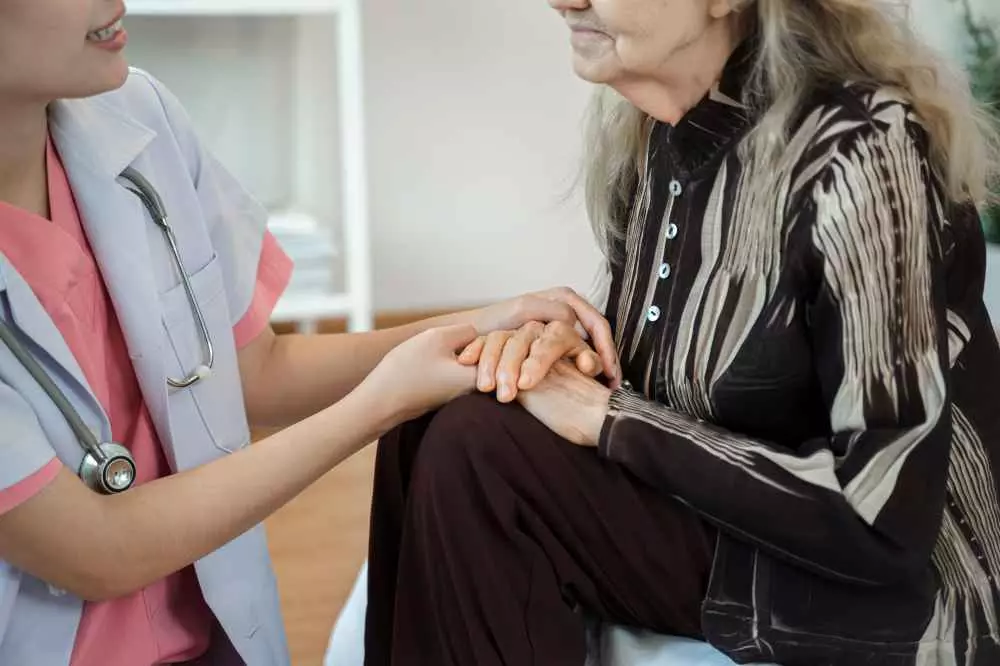Introduction
In today's society, health and well-being are of paramount importance. However, it is important not only to take care of oneself, but also to cooperate with doctors and other health care professionals. Patient-doctor communication therefore plays a key role in the success of community health. In this article, we will share some important aspects of healthy patient-doctor communication.
Understanding the patient
A fundamental element of effective patient-doctor communication is understanding the patient. The doctor should take the time to listen and understand the patient's concerns, needs and expectations. It is important to establish an atmosphere of trust in which the patient feels free to express his or her health problems. It is also worth taking into account the patient's individual communication preferences, such as the form of communication (e.g., in-person meeting, telephone, e-mail) or choice of doctor.
Agood understanding of the patient allows the doctor to accurately diagnose the problem, determine the optimal treatment plan and effectively communicate information to the patient. In turn, the patient feels understood and supported by the doctor, resulting in better treatment outcomes.
Two-way communication
Effective patient-doctor communication involves not only listening to the patient, but also the patient's active participation in the decision-making process regarding his or her health. The doctor should encourage the patient to ask questions and express his or her thoughts and preferences about treatment. Having the patient and doctor share responsibility for the treatment process increases the chances of success and satisfaction for both parties.
It is important not only to inform the patient about treatment options and consequences, but also to take the patient's opinions and preferences into account. In this way, the patient feels that he is an active participant in the treatment process, which can motivate him to follow the doctor's recommendations more scrupulously.
Clarity and simplicity
Complicated medical language can be difficult for patients to understand. The doctor should try to speak in language the patient can understand, avoiding specialized terms and explaining any ambiguities. It is also important to allow the patient to ask questions and listen to the answers in an understandable manner. When the patient is fully informed, they can make more informed decisions about their health.
Clarity and simplicity in the doctor's communication have an impact on the patient, who is more easily involved in the treatment process. A patient who understands why a treatment is necessary and what the benefits are is more likely to comply with the doctor's recommendations.
Empathy and emotional understanding
Patients often experience a variety of emotions related to their condition, as well as those related to treatment and diagnosis. Therefore, it is important for the doctor to show empathy and emotional understanding. The doctor should listen to the patient with empathy, accepting the patient's emotions and problems. Showing emotional understanding can help the patient cope with stress and anxiety.
Adoctor's empathy is important not only for the patient's well-being, but also for building a lasting relationship between patient and doctor. A patient who feels that his or her doctor understands him or her and approaches his or her problems with concern is more motivated to cooperate and comply with medical recommendations.
Summary
Patient-physician communication is critical to success in community health. Understanding the patient, two-way communication, clarity and simplicity, as well as empathy and emotional understanding are important elements of effective communication. By supporting the patient at various stages of the treatment process, the doctor can contribute to better health outcomes and patient satisfaction with health care.
Remember that success in community health depends on mutual understanding and trust between patient and doctor. Only through effective communication can we work together to build better and more satisfactory health outcomes for all of us.

Add comment